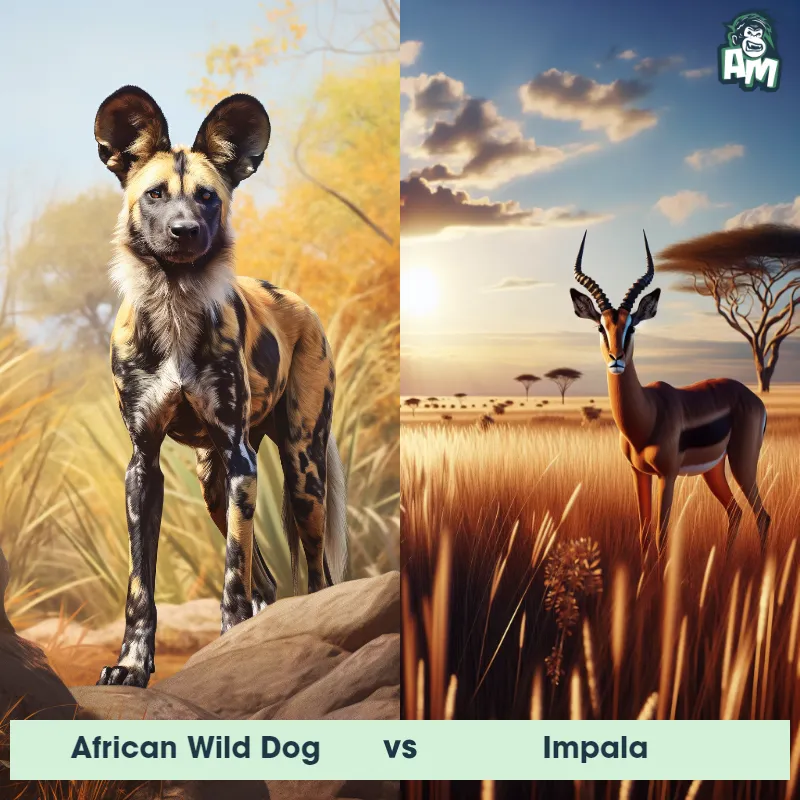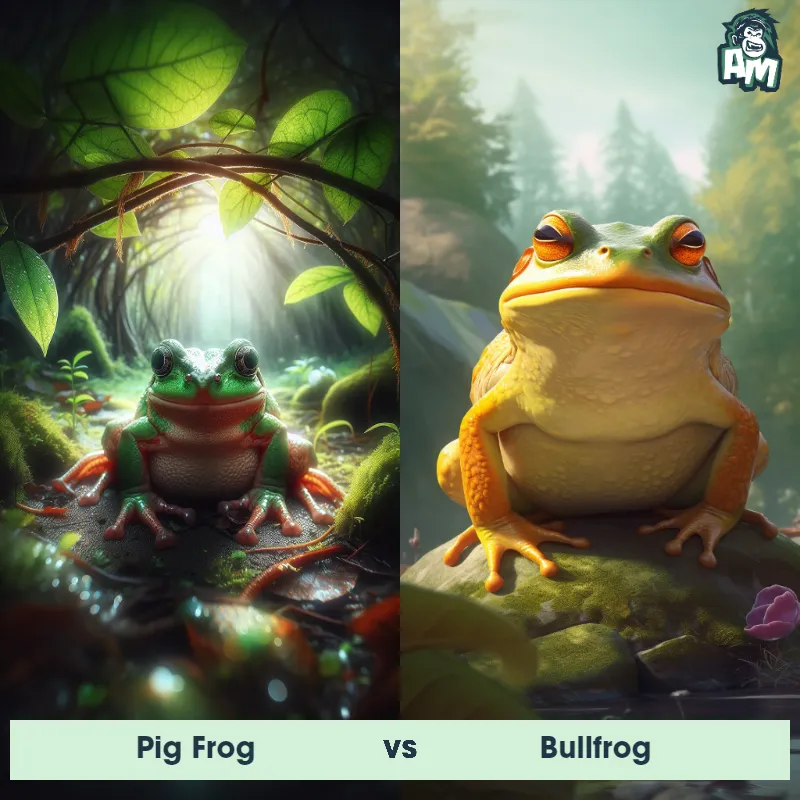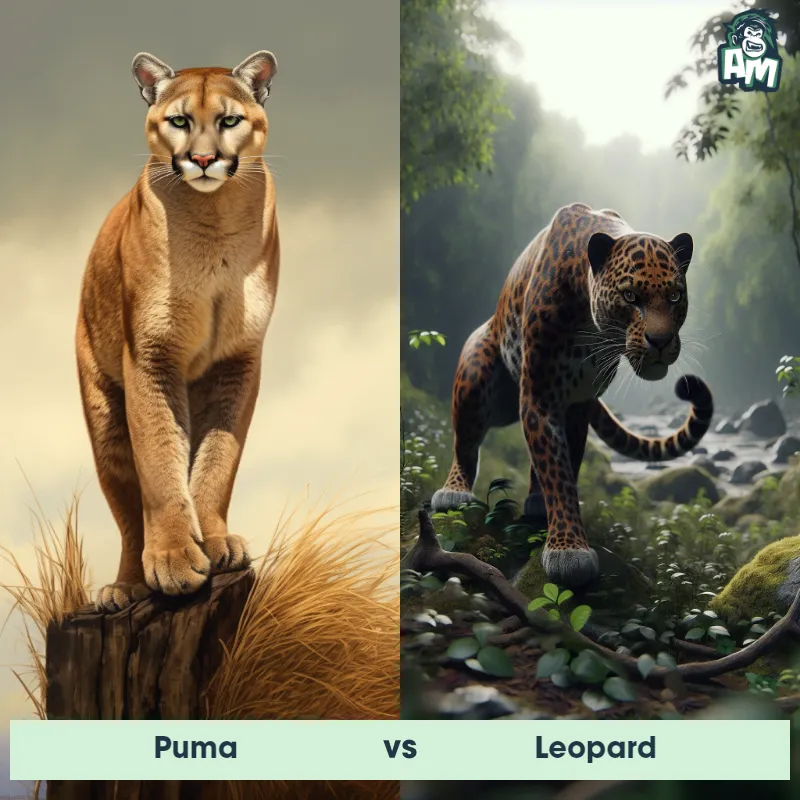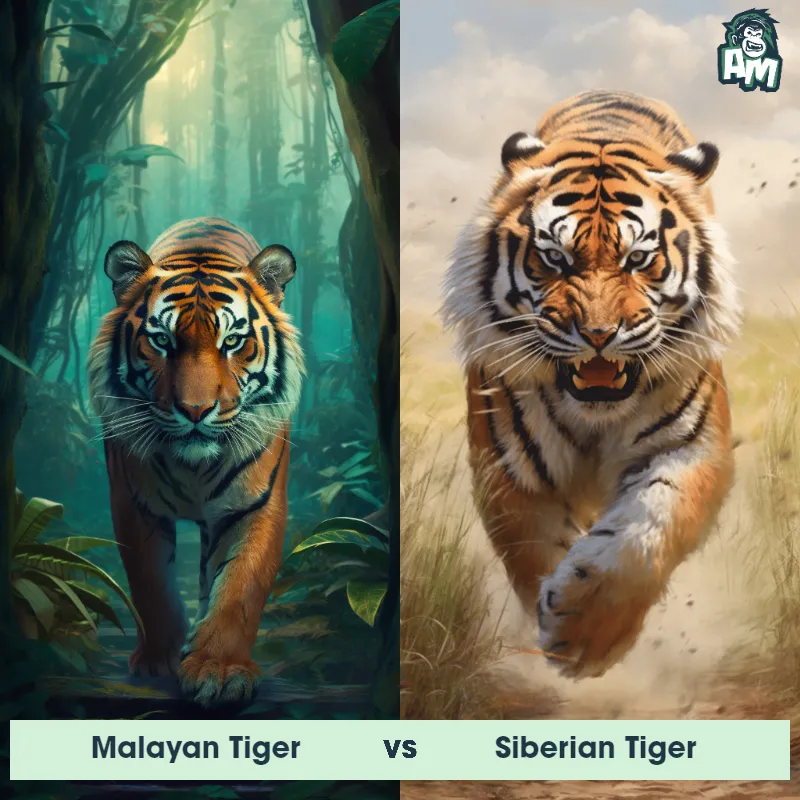Tiger vs CapybaraSee Who Wins

Ladies and gentlemen, welcome to this thrilling matchup between a ferocious Tiger and a resilient Capybara. The energy is palpable as these two strikingly different creatures prepare to engage in an epic battle of strength and strategy. The tension in the air is almost unbearable as we eagerly anticipate the start of this three-round showdown. Buckle up, folks, because this promises to be an unforgettable clash of the fittest!
Contender 1: Tiger
The Tiger is a large and powerful big cat, known for its distinct orange coat patterned with black stripes, which are unique to each individual, much like a human fingerprint. Tigers have a muscular build, a heavy head with strong jaws, and a tail that is usually about half the length of their body. The largest species of the cat family, adult male tigers can reach up to 10 feet in length and weigh up to 660 pounds. Tigers are native to various parts of Asia and are adept swimmers, unlike most members of the cat family.
Fun Fact: Tigers are apex predators and primarily consume larger mammals for food, including deer and wild boar; a hungry tiger can eat as much as 60 pounds in one night.
Contender 2: Capybara
The Capybara, also known as Hydrochoerus hydrochaeris, is the largest rodent in the world. They are native to South America and are semi-aquatic creatures that spend a significant amount of time in water. Capybaras have a stocky, barrel-shaped body with a short head, small ears, and eyes positioned high on their head. They have webbed toes and can even close their ears and nostrils when fully submerged. Closely resembling a giant guinea pig, they have short, coarse fur that can vary in color from reddish-brown to gray, and their front teeth continue to grow throughout their lifespan.
Fun Fact: A fascinating fact about Capybaras is that they are highly social animals and are known to form close-knit family groups. They live in large herds of up to 100 individuals, comprising several adult males, females, and offspring. These herds have a hierarchical structure, with a dominant male leading the group and defending his territory and harem of females.
Matchup Stats
| Tiger | Capybara | |
|---|---|---|
| Size | Up to 10 feet in length (3.05 meters) | About 1.2 meters (3.9 feet) in length |
| Weight | Up to 660 pounds (300 kilograms) | Around 50-65 kilograms (110-143 pounds) |
| Speed | 35-40mph (56-64km/h) | 22 mph (35 km/h) |
| Key Strength | Strong jaws and muscular build | Powerful jaws and strong legs for defense |
| Biggest Weakness | Limited endurance for long chases | Less agile on land compared to in water |
Current Votes
Tiger vs Capybara
See Who Wins
View More Matches
Looking For More?
Similar Matches
Scientific Stats
| Tiger | Capybara | |
|---|---|---|
| Scientific Name | Panthera tigris | Hydrochoerus hydrochaeris |
| Family | Felidae | Caviidae |
| Habitat | Forests, grasslands, and swamps | Semi-aquatic, found in wetlands and grassy areas near water bodies. |
| Geography | Asia | Native to South America, specifically found in countries such as Brazil, Venezuela, Colombia, and Argentina |
| Diet | Carnivorous, primarily deer and wild boar | Herbivorous, primarily feeding on grasses and aquatic plants. |
| Lifespan | 15 years - 26 years | 10 years - 12 years |
Key Differences between Tiger and Capybara
- Body shape: Tigers have a long and muscular body, designed for agility and speed. They have a large, round head with powerful jaws and long, sharp canine teeth. Capybaras, in contrast, have a more compact and stout body with a small head and blunt teeth.
- Habitat: Tigers are found in diverse habitats like forests, grasslands, and swamps, mainly in Asia. Capybaras, on the other hand, are semi-aquatic creatures inhabiting densely vegetated areas near bodies of water in South America.
- Size: Tigers are significantly larger than Capybaras, with adult tigers typically weighing between 200 and 600 pounds, while capybaras usually weigh between 70 and 140 pounds.
- Tail: Tigers have a long, thick tail that helps them maintain balance while hunting or climbing. In comparison, Capybaras have a relatively short, almost stubby tail.
- Color and pattern: Tigers have a distinctive fur pattern characterized by dark vertical stripes on a lighter orange-brown or yellow-orange background, allowing them to blend in with their surroundings. On the other hand, Capybaras have a short, coarse coat that is generally brownish-gray in color.
- Ears: Tigers have small, rounded ears placed on the top of their head. Capybaras have larger, more rounded ears positioned on the sides of their head, allowing for better sound detection.
































